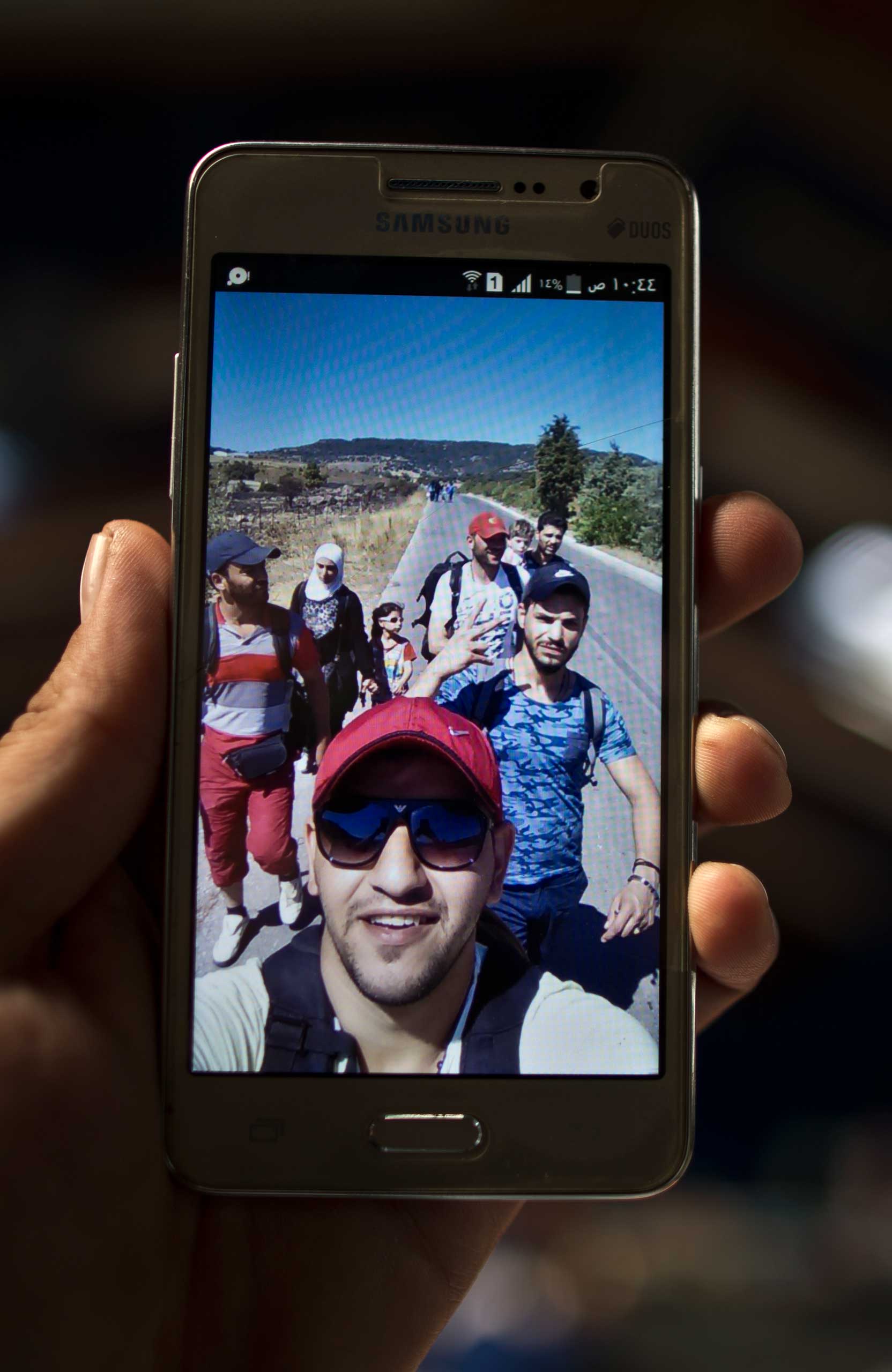
Mustafah Arnab’s hands were cold, pruned and shaking as he tore away the thin plastic film protecting his smartphone. He had spent nearly four hours aboard an overcrowded rubber boat crossing the Aegean Sea from Turkey to Greece. The 25-year-old Syrian doctor from Damascus, who was making his way to friends in Germany, was desperate to do two things: message his family and take a selfie. He turned to me as his phone powered on. “I will take a selfie with you,” he exclaimed, relieved and eager to relay news of his safe arrival in Greece.
Refugees fleeing war-torn territory have come to rely on their phones to make a passage to a better life. They use messaging apps such as WhatsApp, Viber and Line to communicate with loved ones back home. They navigate border crossings via Google Maps and Facebook Messenger. Their travails are documented on Instagram. A smartphone is often the only item they carry.
The European refugee crisis is the first of its kind in a fully digital age, and that has changed how the exodus is unfolding. With each border crossing, there is a race to find a new signal, a new local SIM card or a public wi-fi network. Wasem Farra, 34, stares blankly into his phone while waiting in line for a bus just over the Serbian border in Roszke, Hungary. No luck. “I’m trying to catch Internet,” says Farra, who is from Dara‘a, Syria. “I want to call my mother and tell her we are here. They are afraid about us. We want to tell them we are O.K.” Farra is trying to get to Germany with seven people, including his sister.
Rami Shahhoud’s phone whistles with notifications as we talk on the same border. Shahhoud, 42, has been keeping in touch with his wife and family in Damascus throughout his journey using multiple SIM cards—a Turkish SIM card, then a Greek SIM card and now a Serbian one. “If it were five years ago, they’d maybe be thinking what’s happening to me and I’d be wondering what’s happening to them,” he says. “But now, thank God for this technology.”
Many refugees are using apps as pathfinders, devices to show them the best—or least dangerous— way west. “We heard the police will catch you if you go through the fields,” Ali Sheikhou, 30, tells me in Roszke. His phone is tethered to a battery pack, glowing blue through his jacket. It’s all he has with him from home. A friend traveling ahead of him has been advising Sheikhou, via WhatsApp, about the conditions of the camps in Hungary, which he found abysmal. “We don’t want to go to the camps,” Sheikhou concludes.
Technology can also quickly become a lifeline. Thousands of refugees have lost their lives on sea journeys—and Kinan al-Khatid tells me he knew the risk. Instead of wrapping his phone in plastic or securing it inside a balloon as many others have done, he had typed out an SOS message and readied himself to send it to three programmed numbers along with his group’s exact GPS position the moment something went wrong: “Please help us—save us.” He says that ultimately he didn’t have to hit send.
This is a new phenomenon, says Peter Bouckaert, Human Rights Watch’s emergencies director. “Most of the Syrians fleeing are educated and urban, so they have the funds and the exposure to use smartphones effectively,” he wrote in an email.
See How Refugees Use Selfies to Document Their Journey
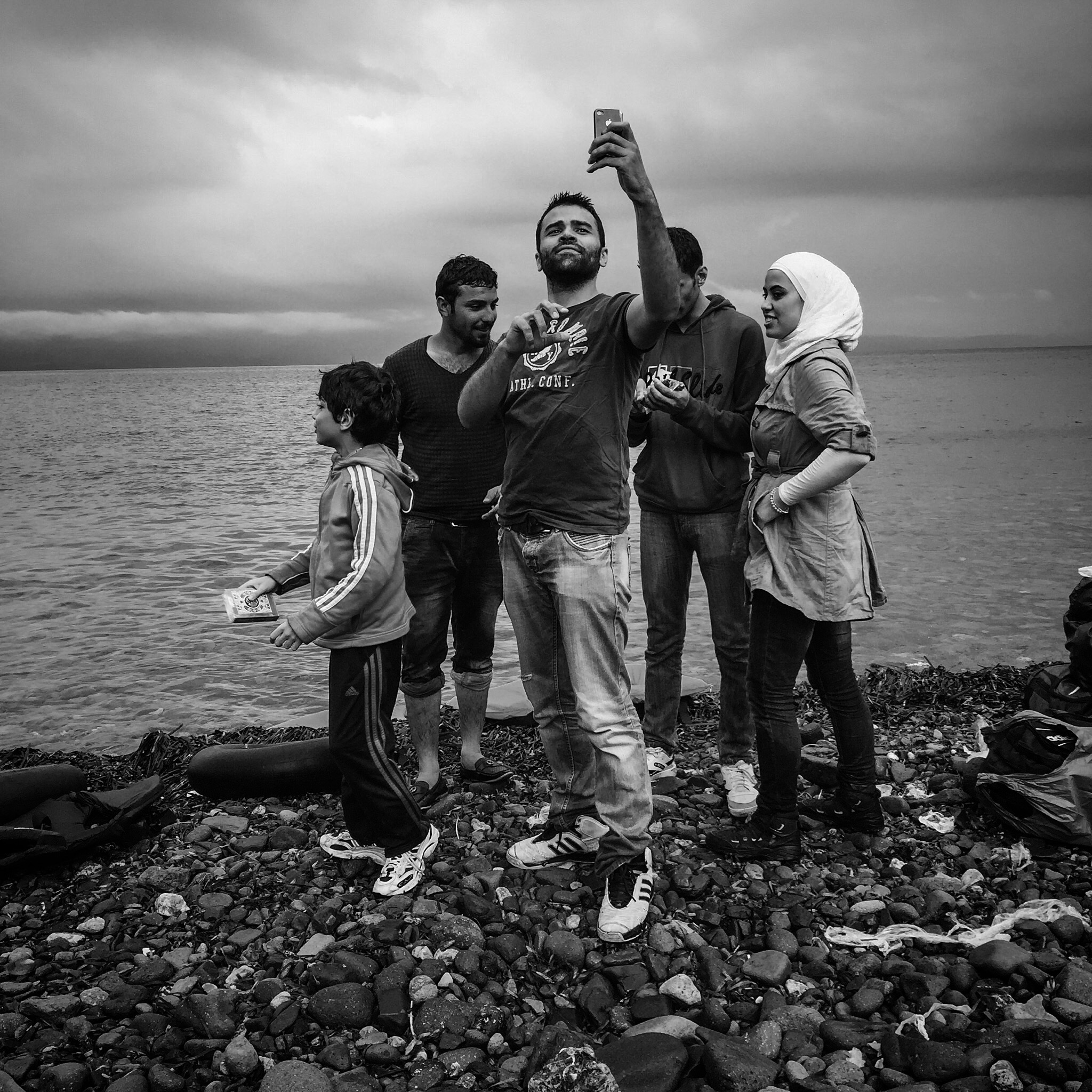
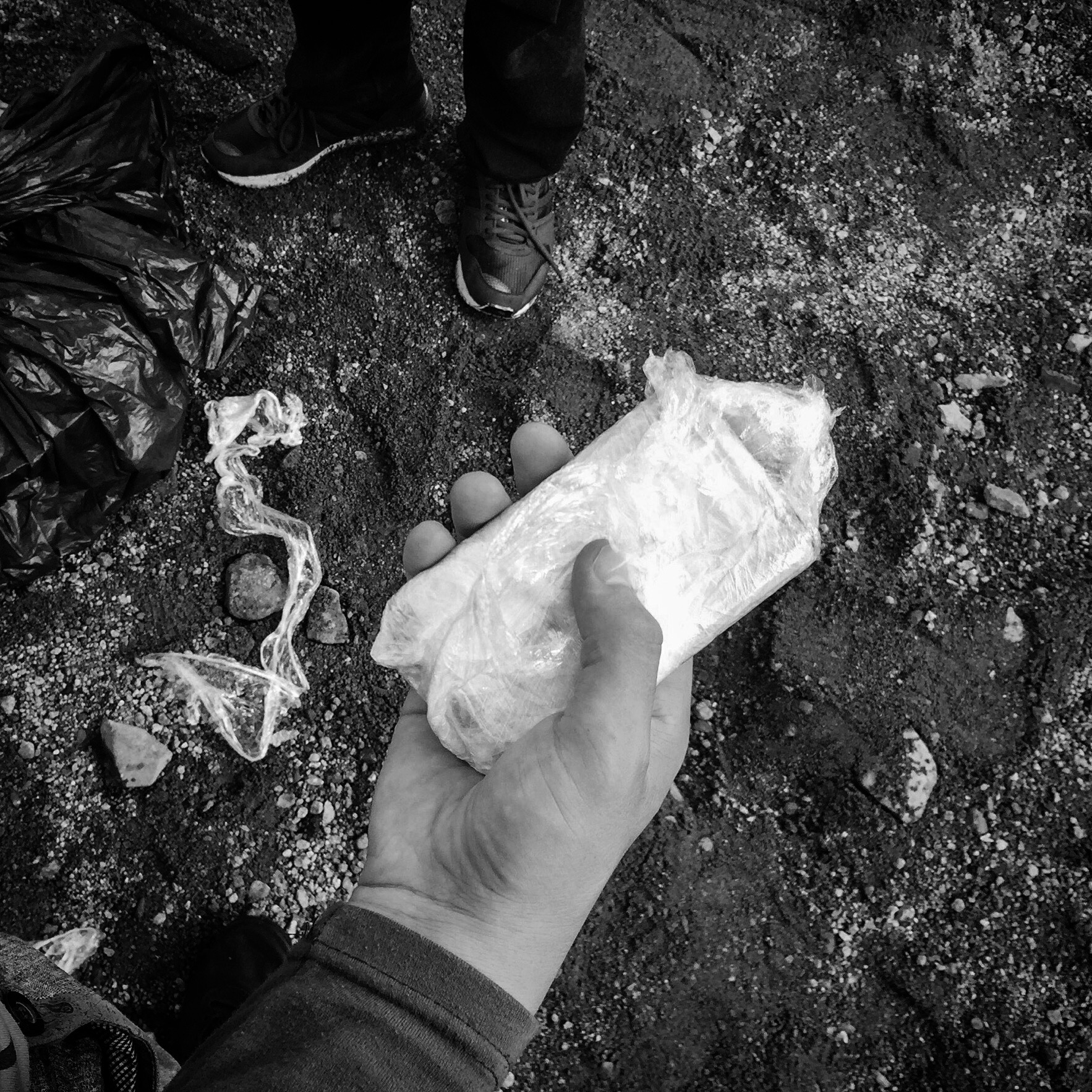
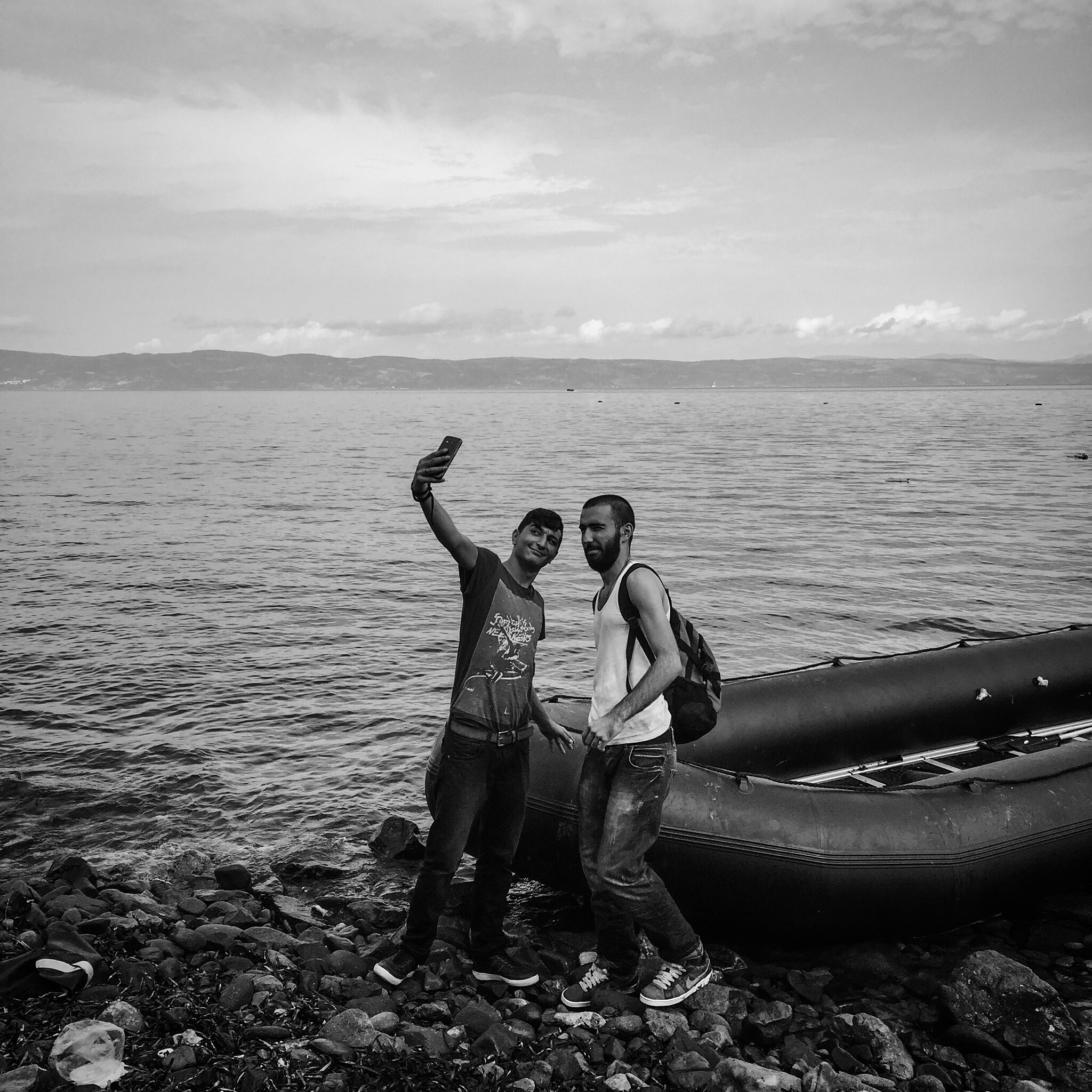
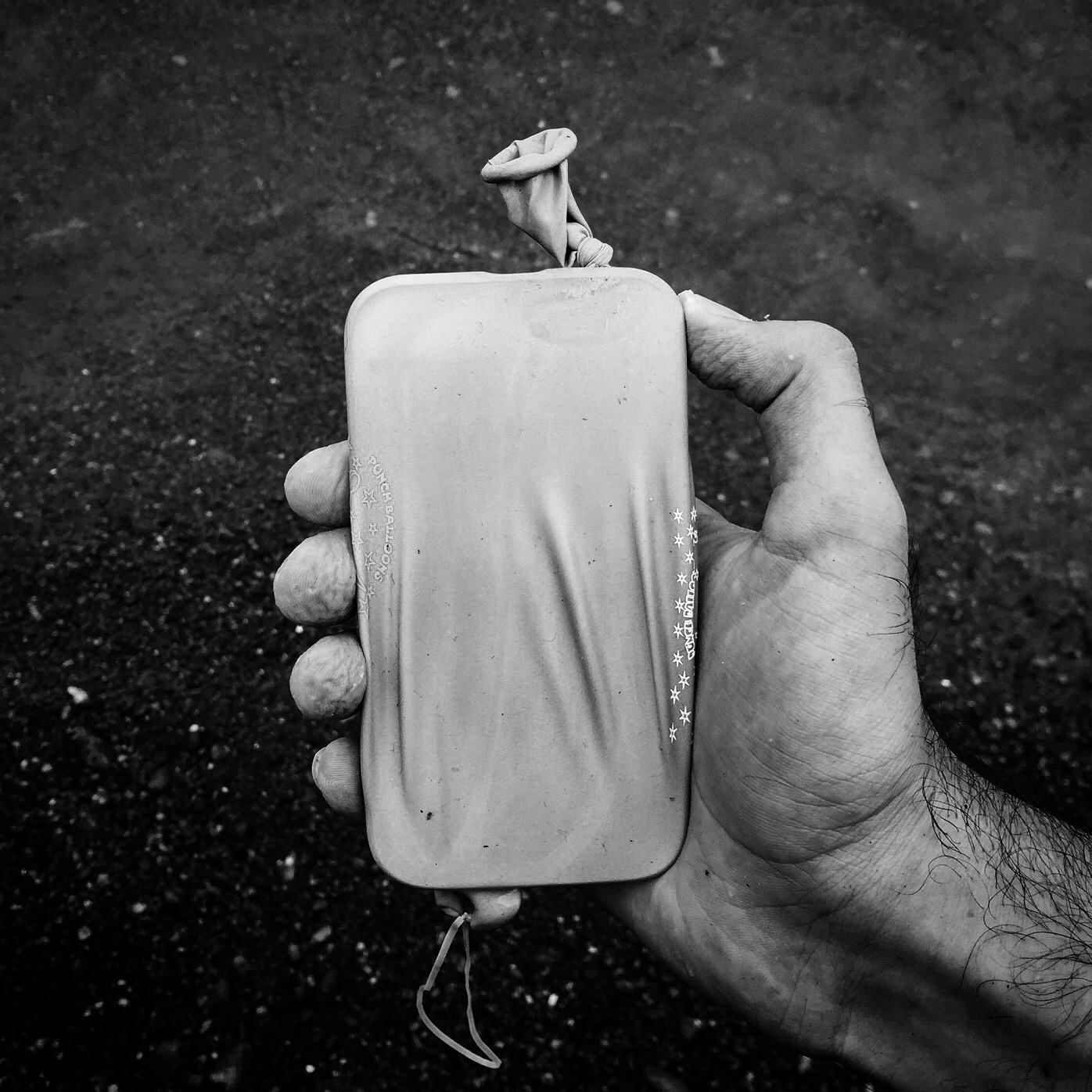
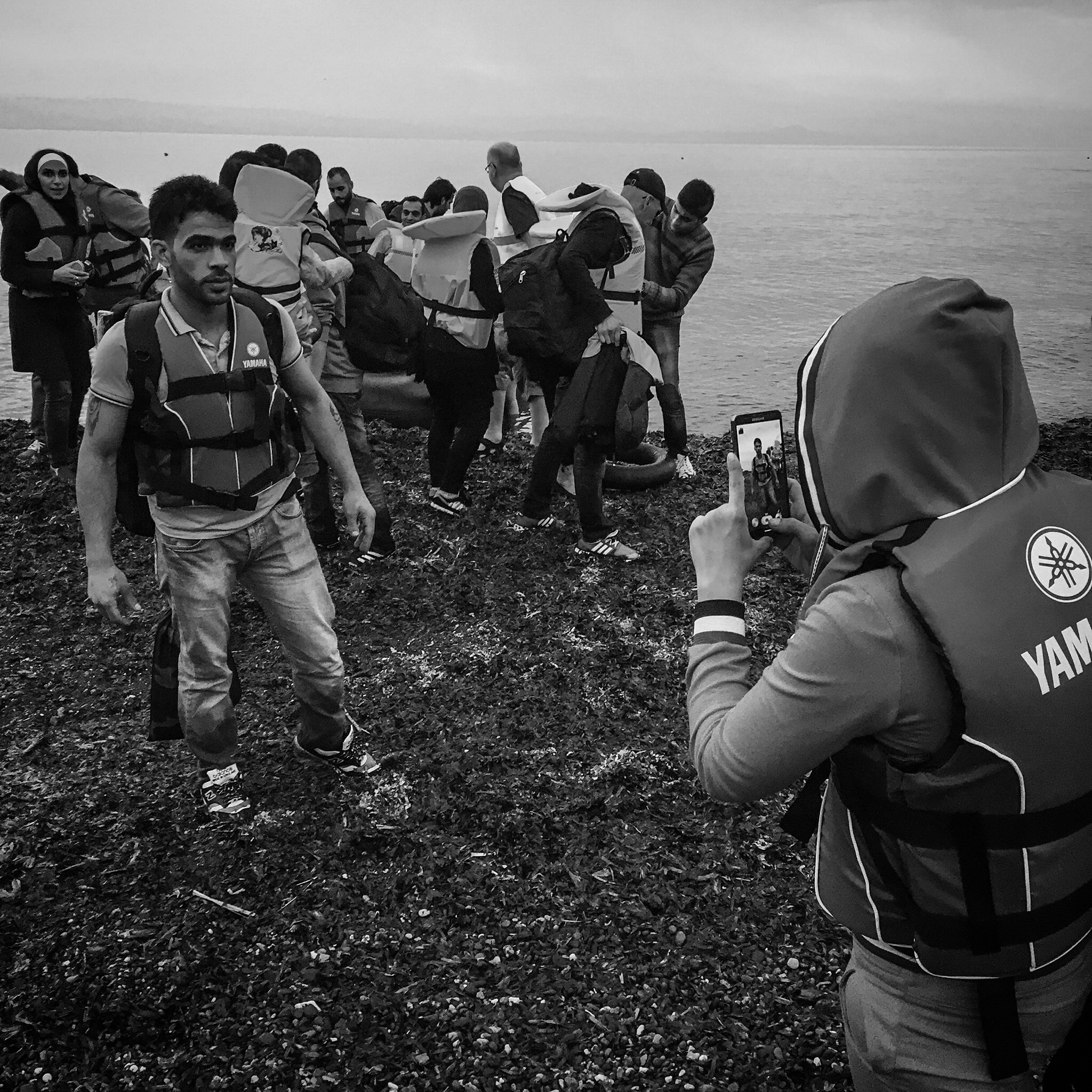

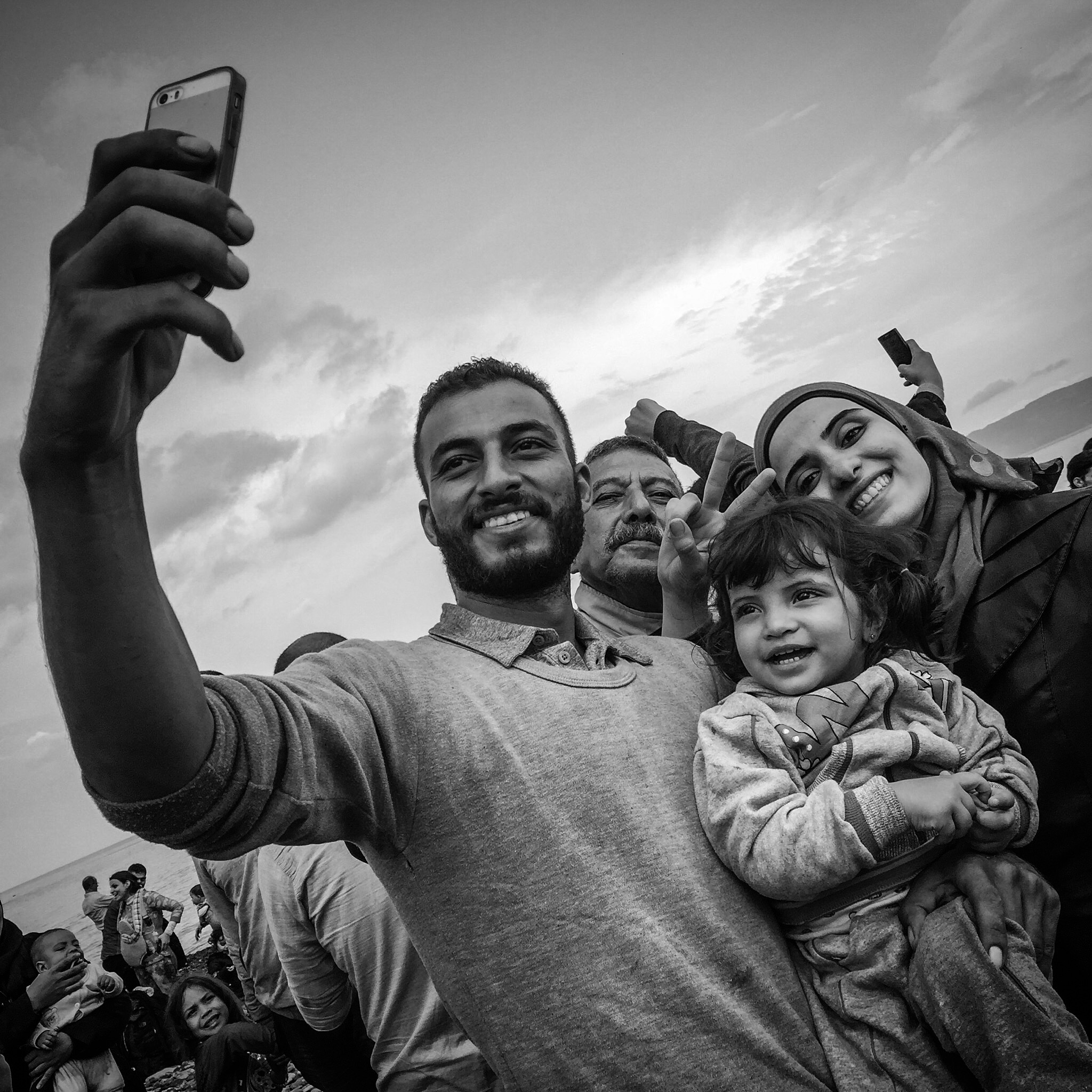

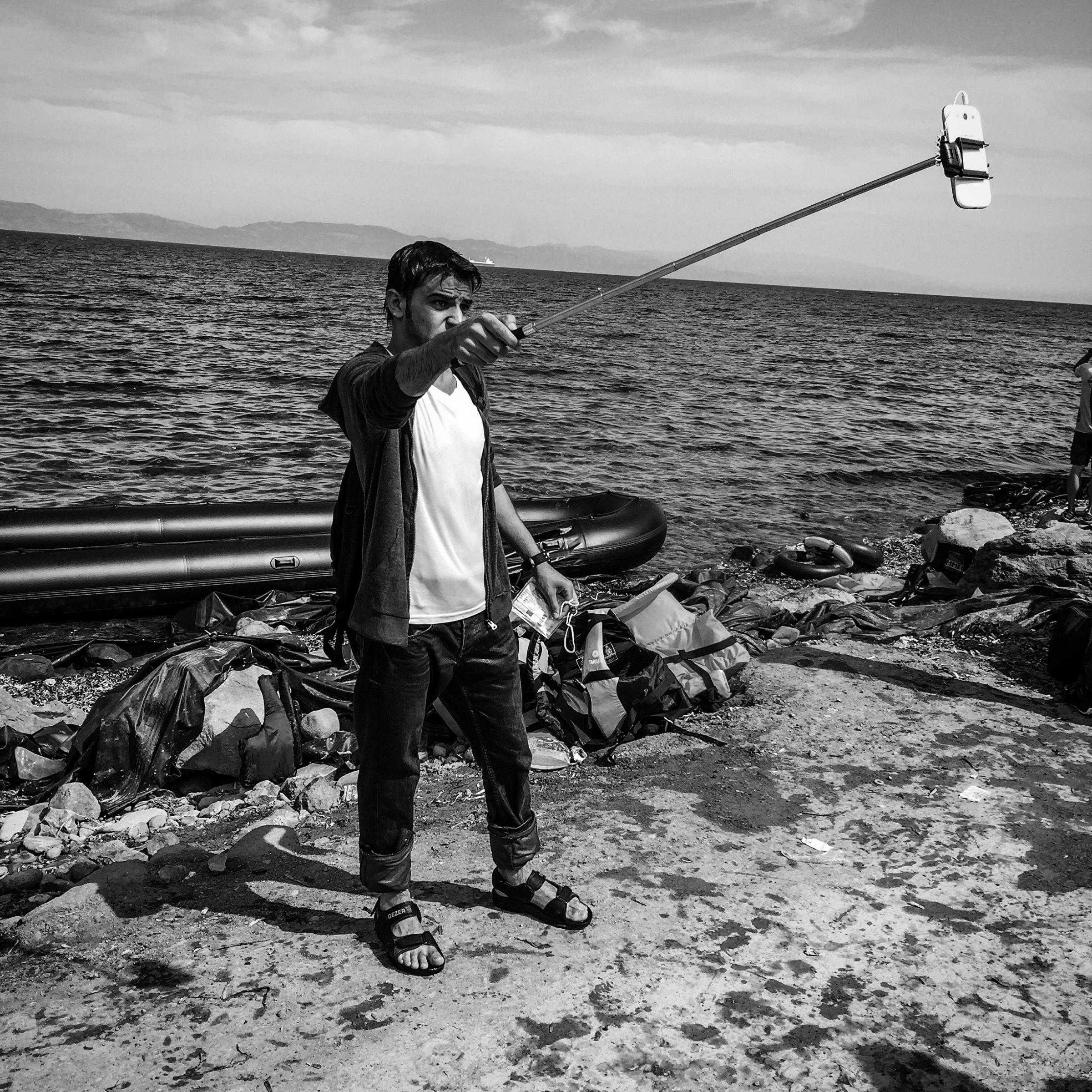
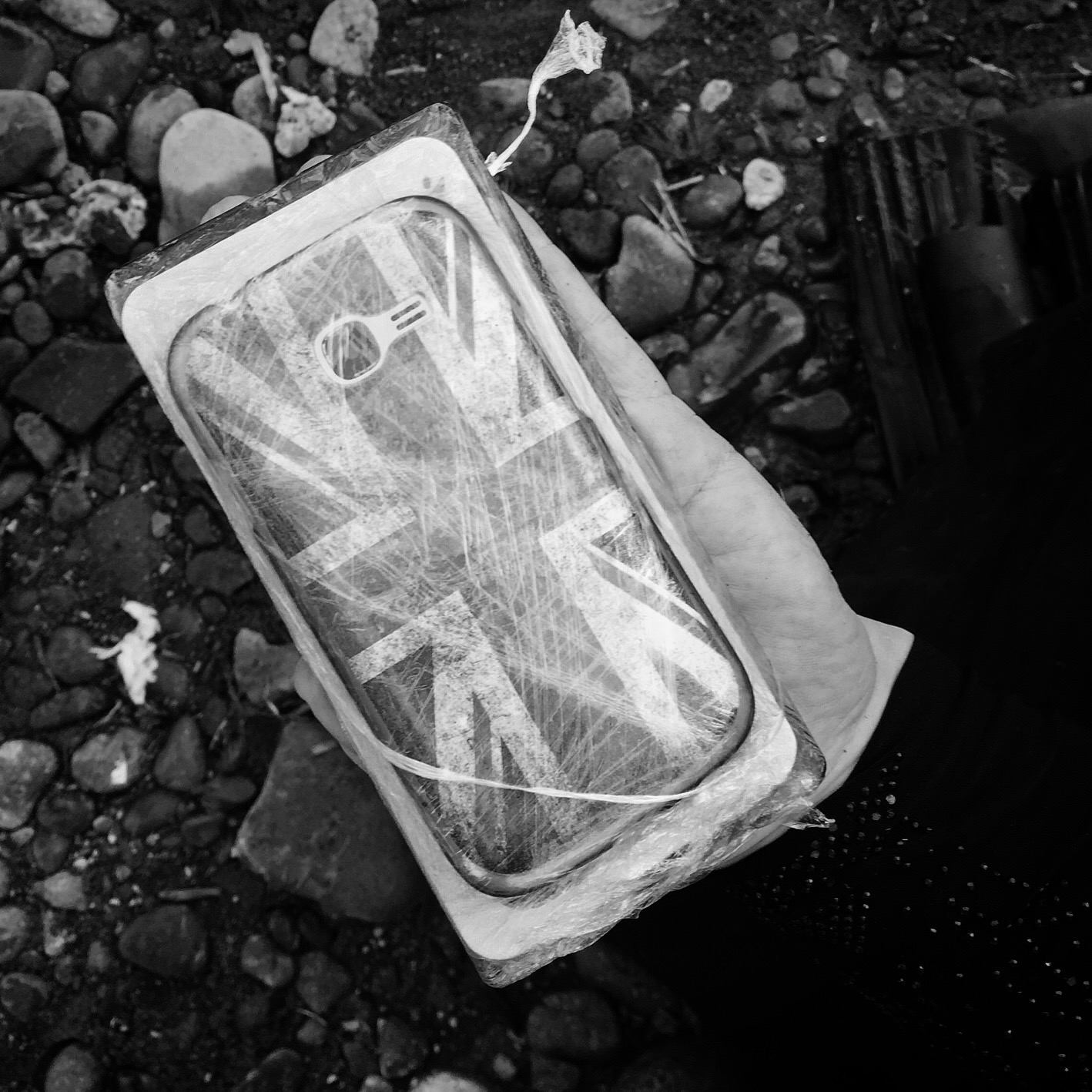
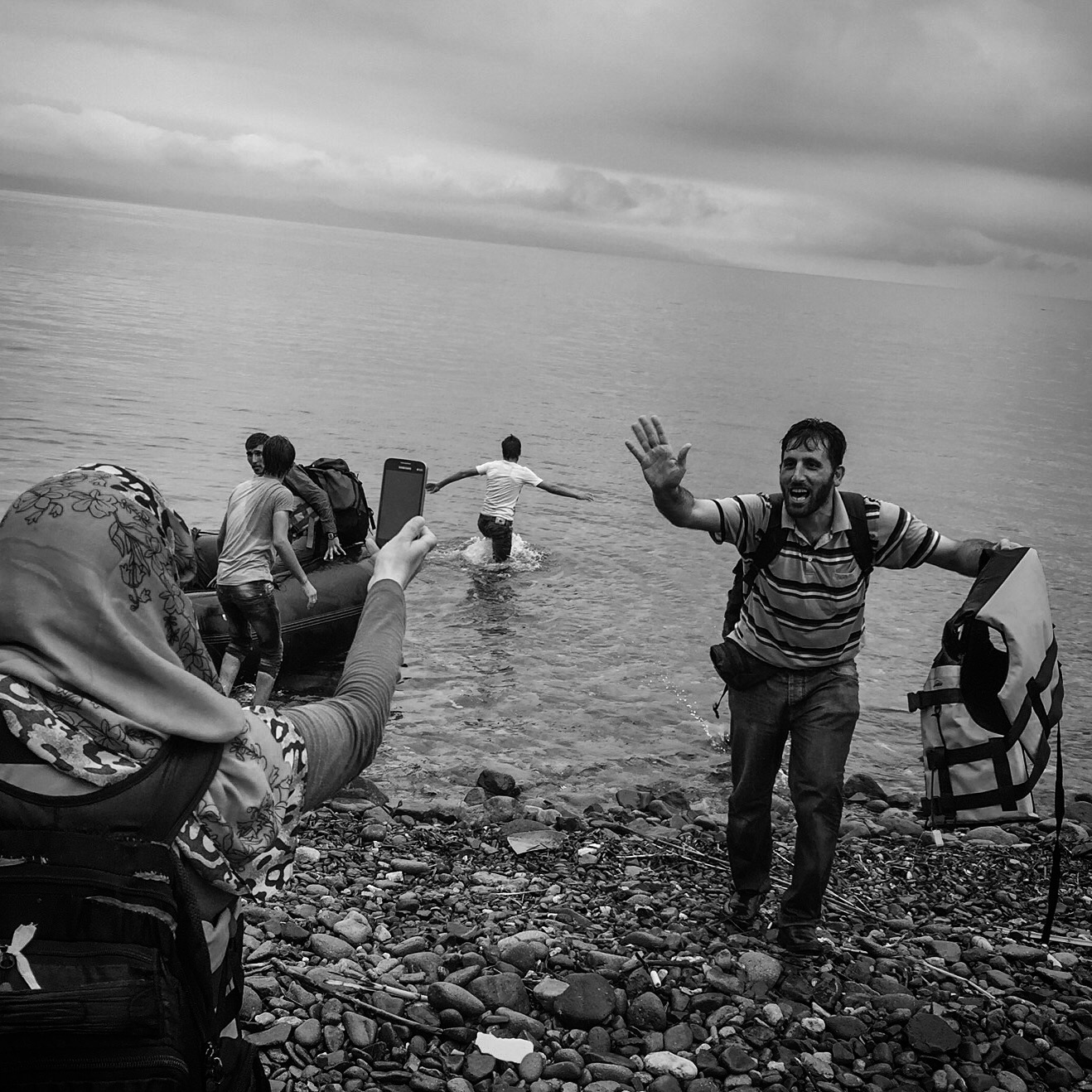
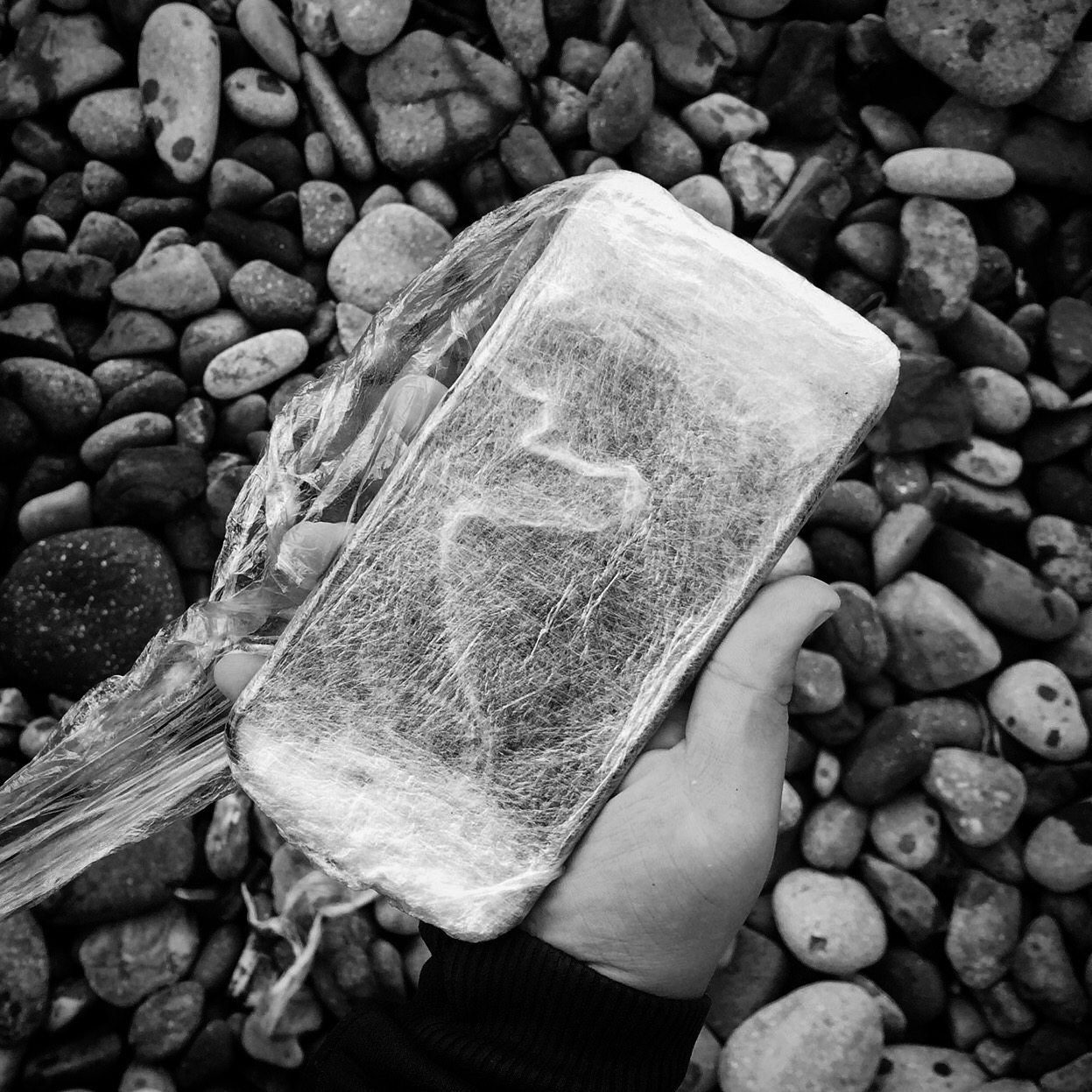

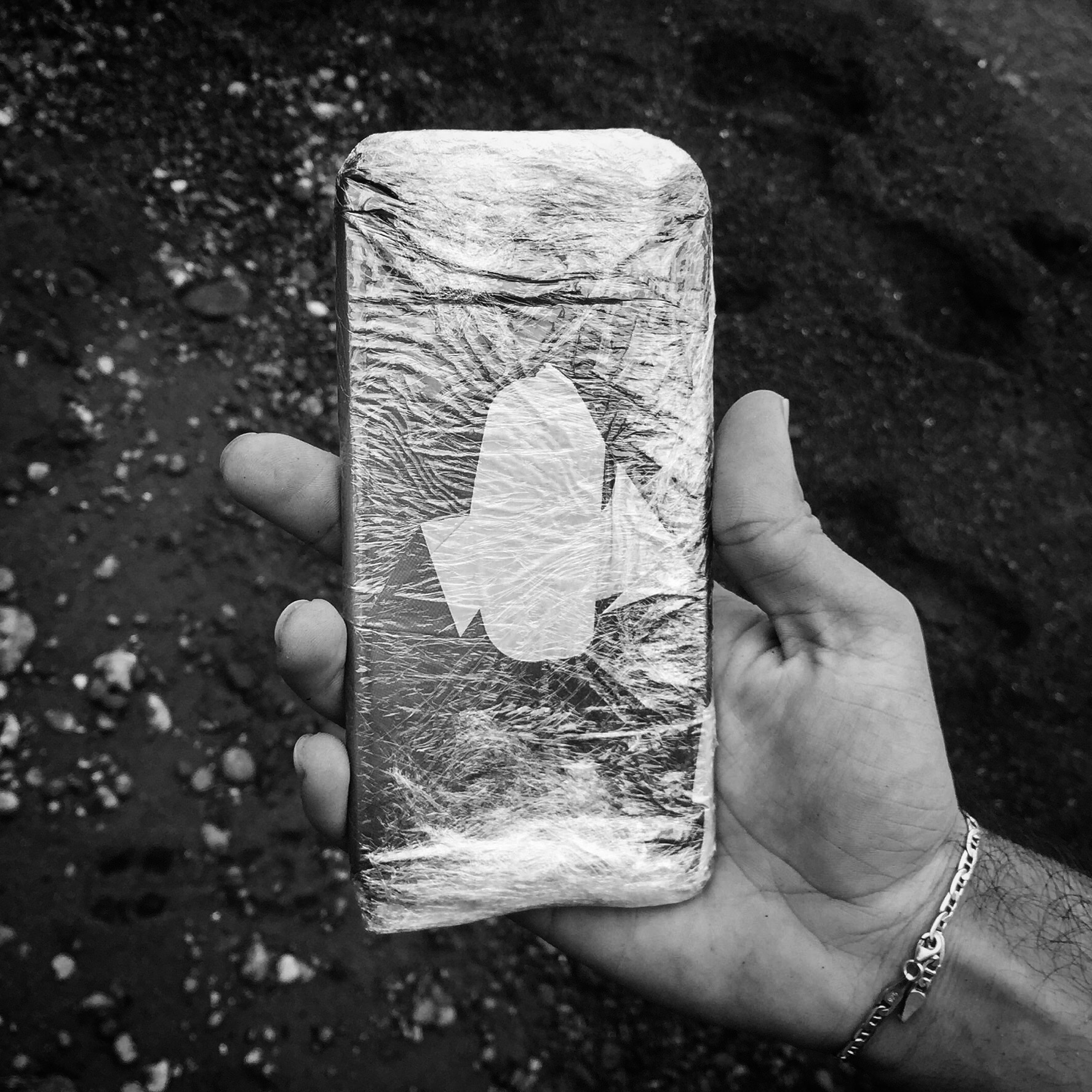

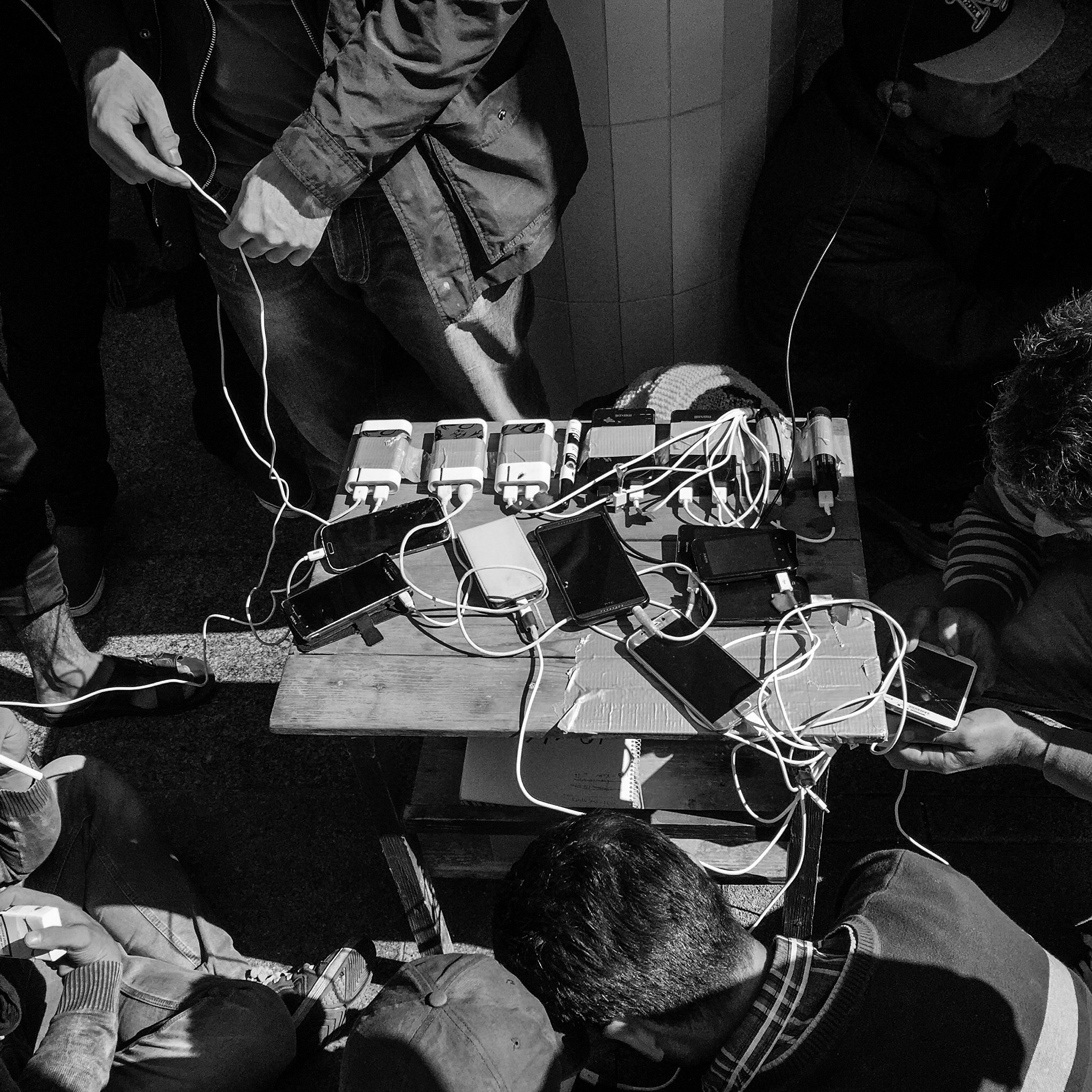
And then there is digital scrapbooking. On the coast of Lesbos, Greece, the moment refugees land safely ashore, smartphones appear and the taking of selfies begins. “We want memories from the bad trip we had,” says Mehar Ahmed Aloussi, 30, from Damascus. “When I go and settle down in another country, I want to remember my way.” Cell phones create an endless need for electricity. Inside Keleti Station in Budapest, where refugees camp out while waiting to catch trains to Austria, there’s been an outpouring of expected donations: food, water and tents. One area is overflowing with shoes, another with clothing. But the most in-demand area by far is a small wooden table manned by a couple of Hungarian volunteers. Above them is a sign, handwritten in English and Arabic, that reads free wi-fi. A half-dozen batteries are ducttaped to the rickety wooden table, white wires flowing in every direction.
Power and wi-fi were in such demand at Keleti Station that Greenpeace Hungary set up an even larger tent to provide both. It is packed from the moment it opens in the morning to closing time at the end of the day. Greenpeace Hungary’s Reka Hunyadi says the need to communicate can seem as dire as the need for basic supplies.
Rabee Mohammed, a 25-year-old from Aleppo, Syria, who is traveling along the Hungarian border, doesn’t hesitate when I ask him which is more important, food or power: “Charging my phone.”
Patrick Witty is a multimedia journalist and photo editor. Follow him on Twitter and Instagram @patrickwitty
Muhammed Muheisen is Associated Press’ chief photographer for the Middle East. Follow him on Twitter @muheisen81
Olivier Laurent, who edited these photo essays, is the editor of TIME LightBox. Follow him on Twitter and Instagram @olivierclaurent
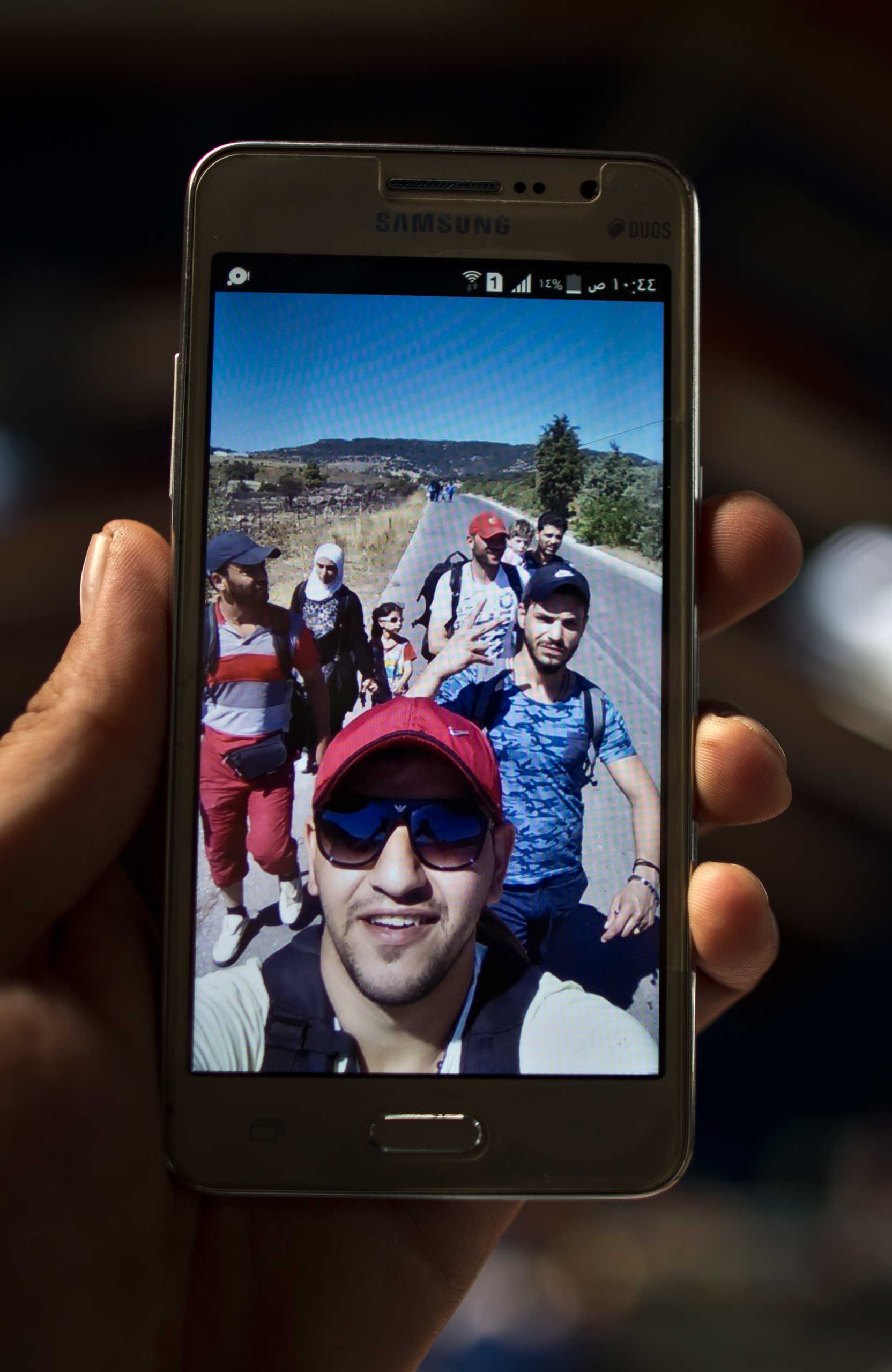
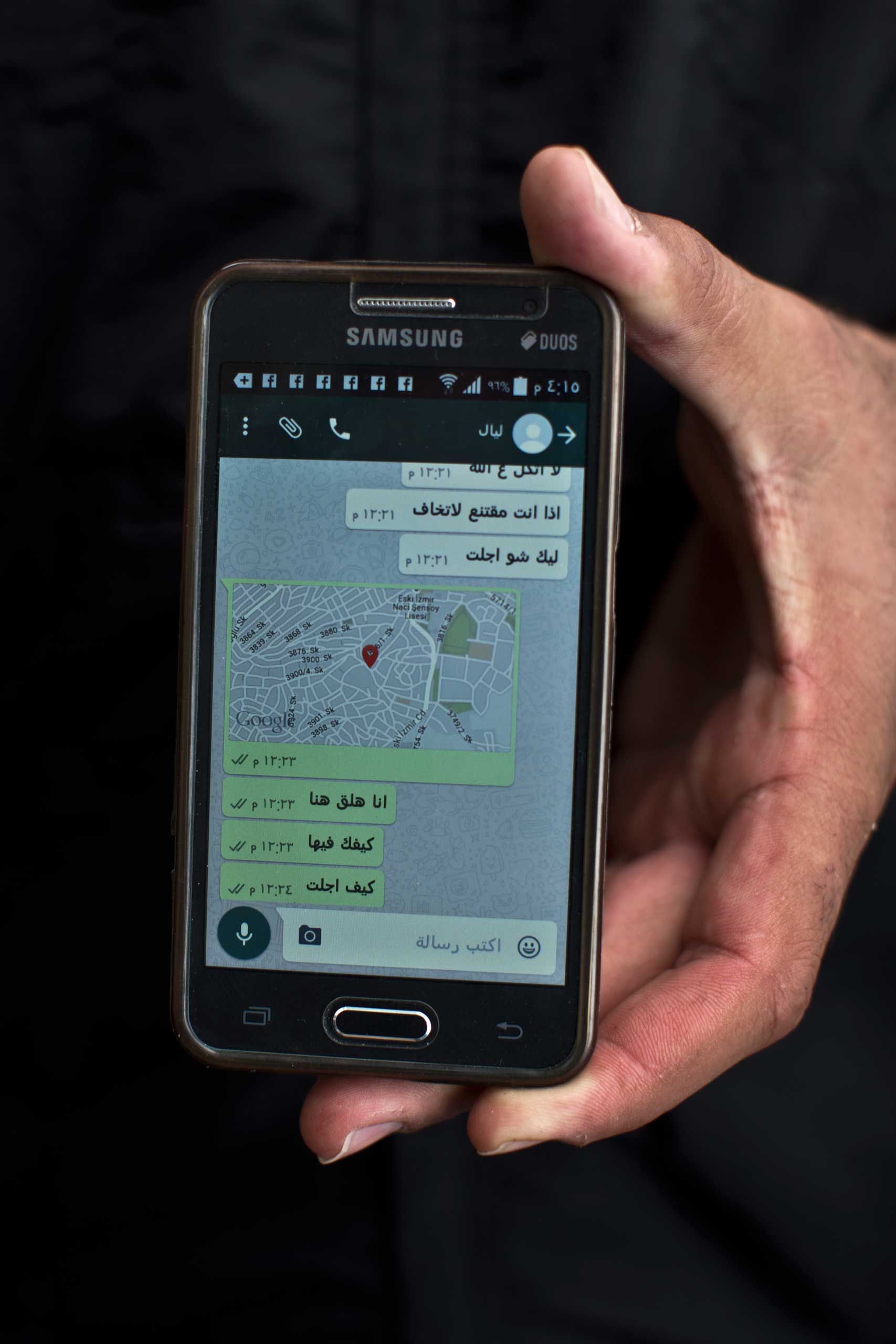

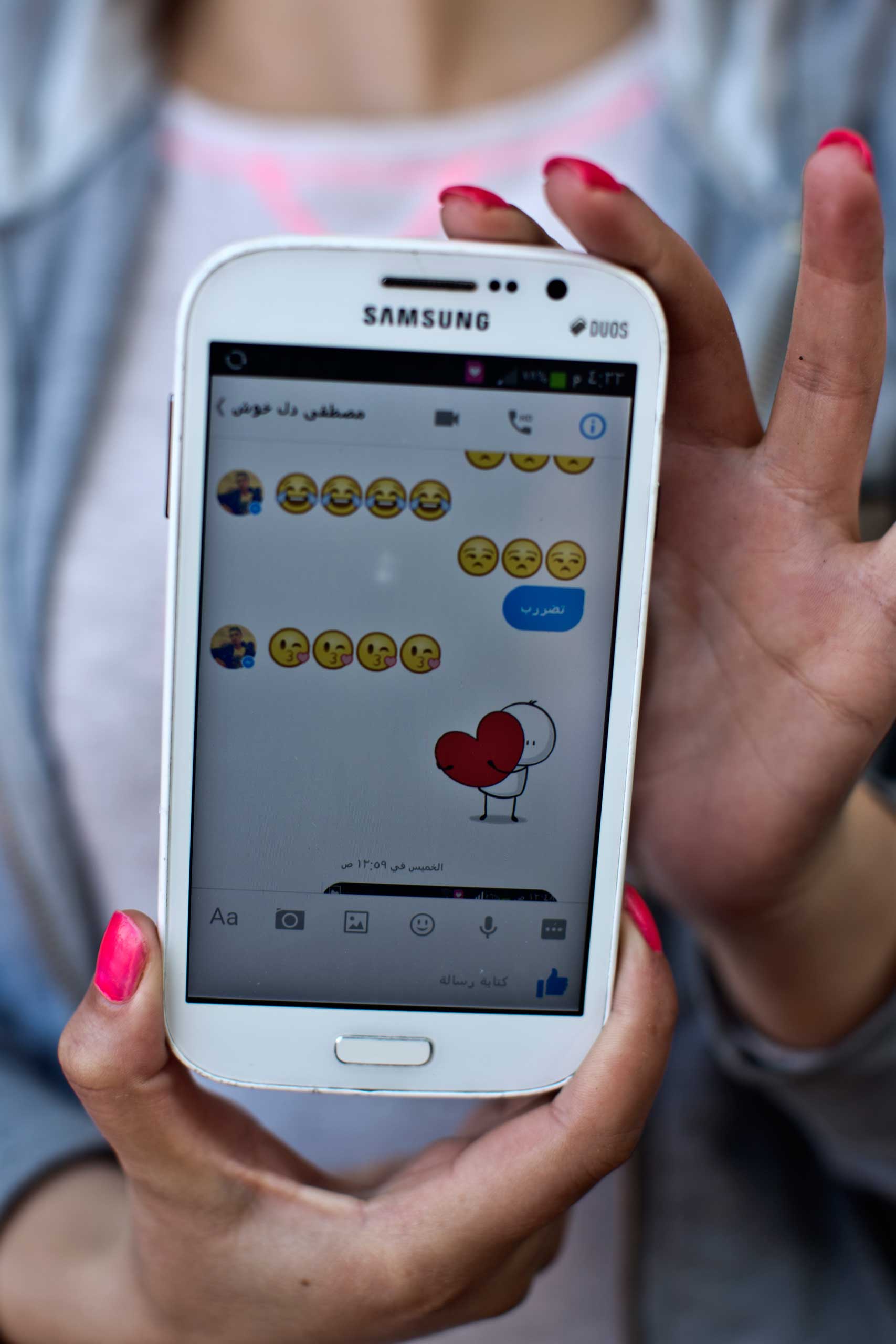
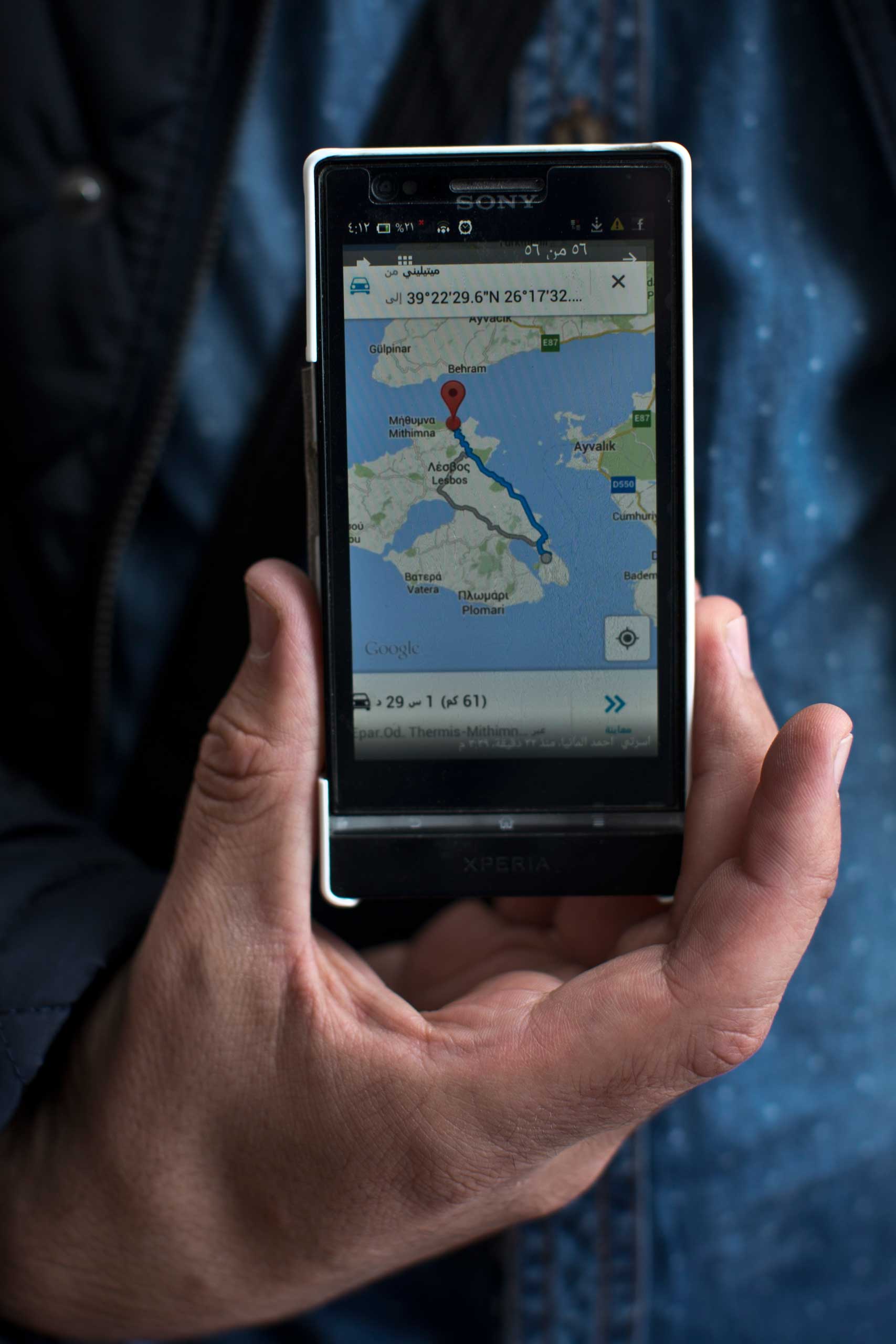
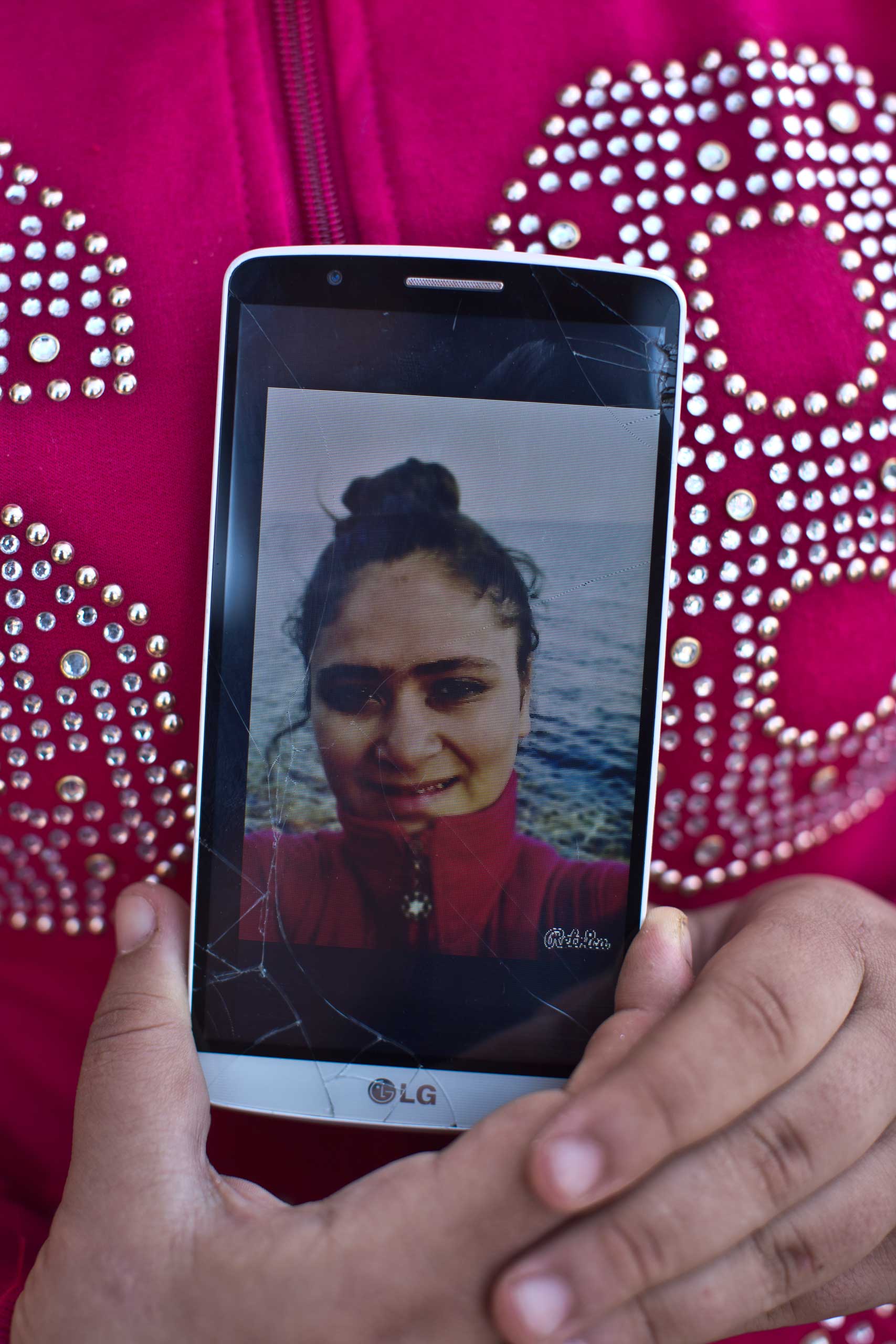
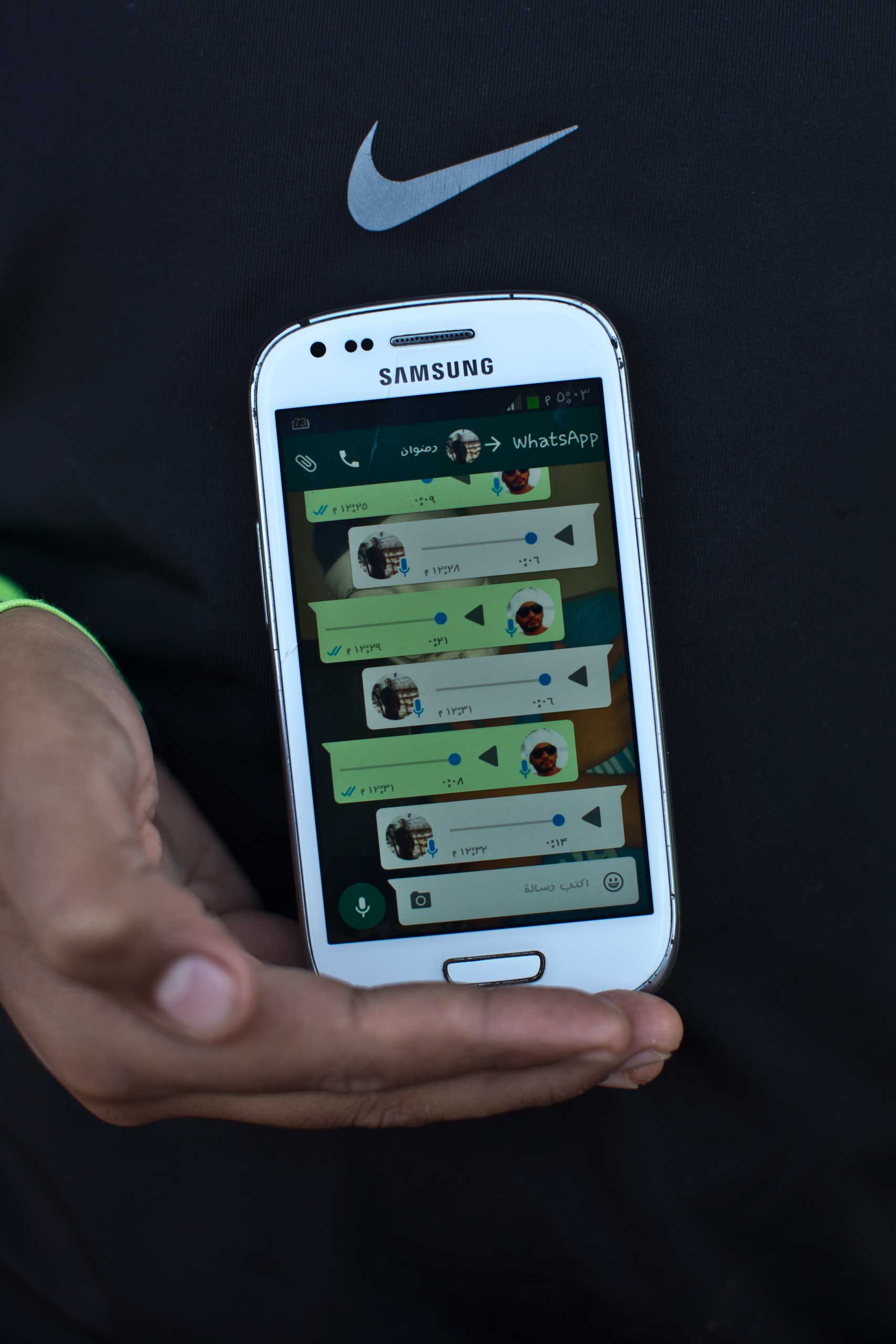
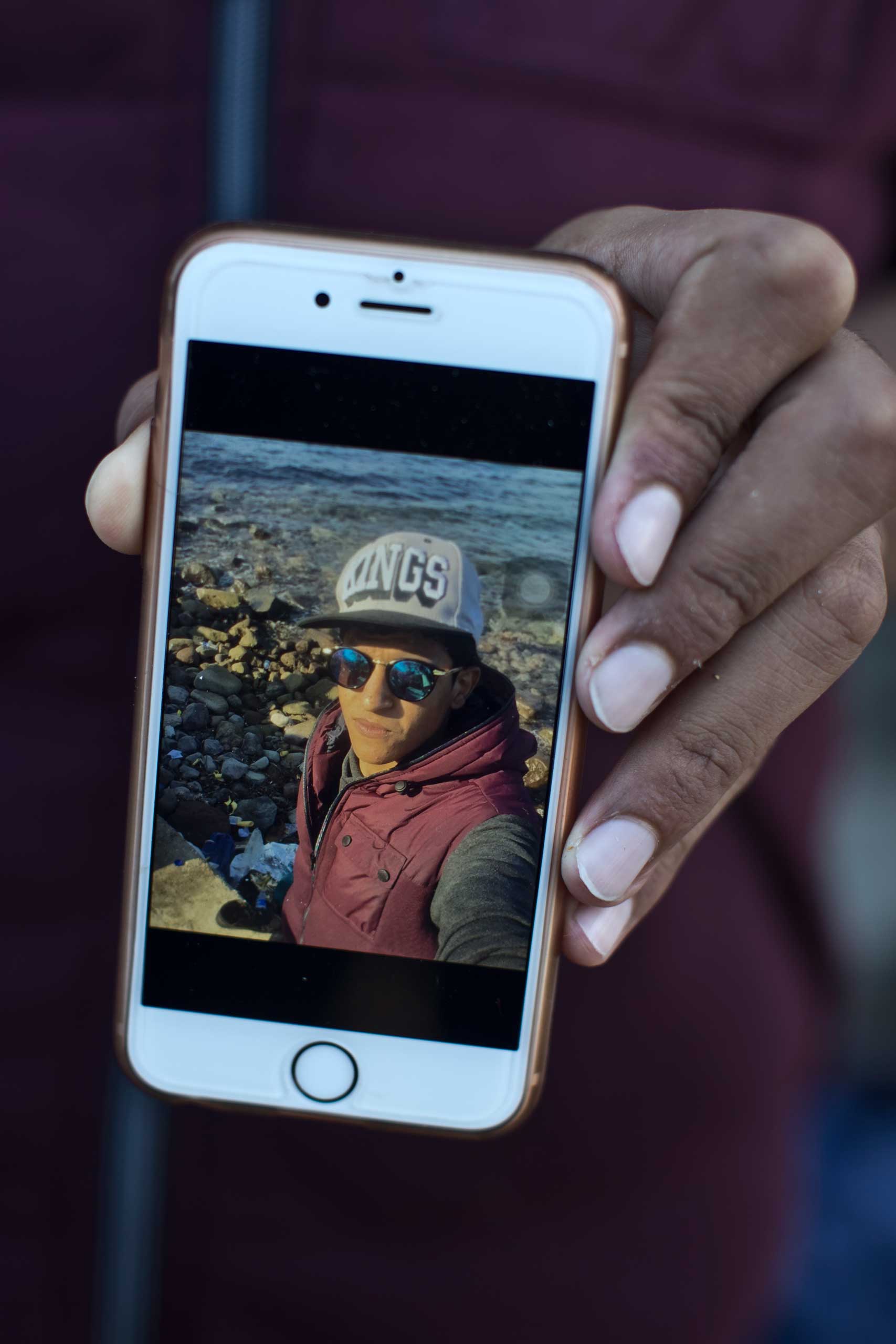
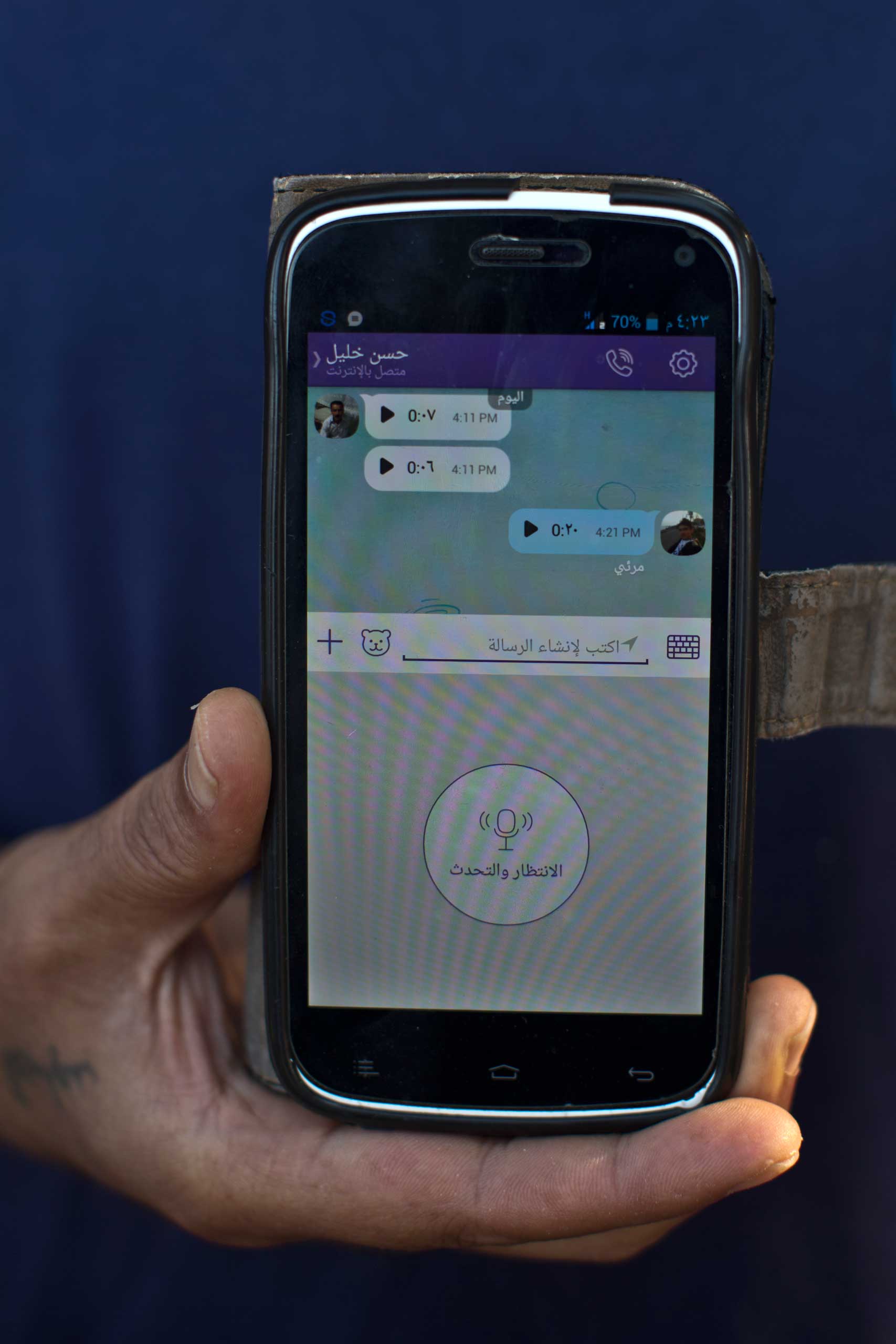
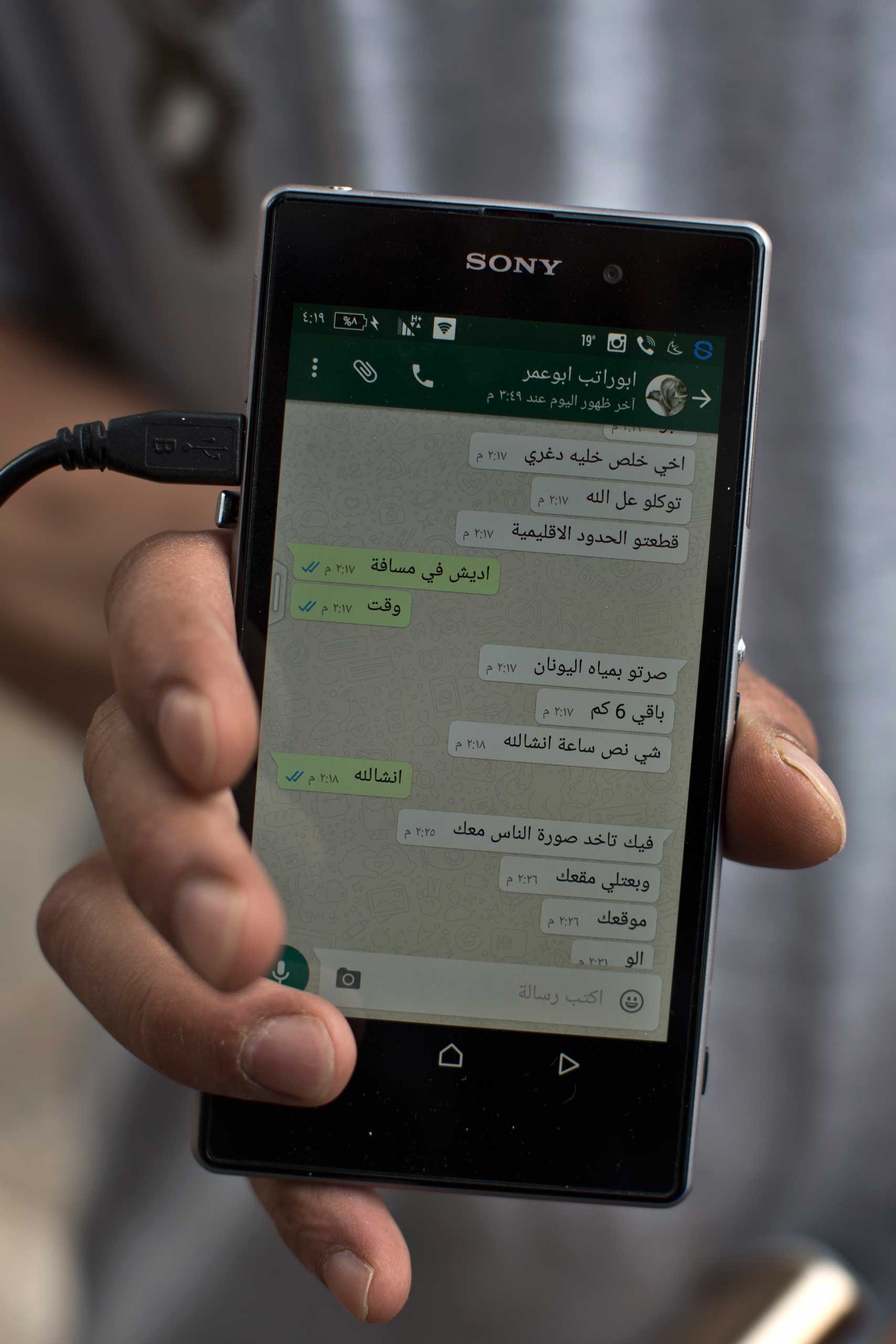

More Must-Reads From TIME
- The 100 Most Influential People of 2024
- Coco Gauff Is Playing for Herself Now
- Scenes From Pro-Palestinian Encampments Across U.S. Universities
- 6 Compliments That Land Every Time
- If You're Dating Right Now , You're Brave: Column
- The AI That Could Heal a Divided Internet
- Fallout Is a Brilliant Model for the Future of Video Game Adaptations
- Want Weekly Recs on What to Watch, Read, and More? Sign Up for Worth Your Time
Contact us at letters@time.com